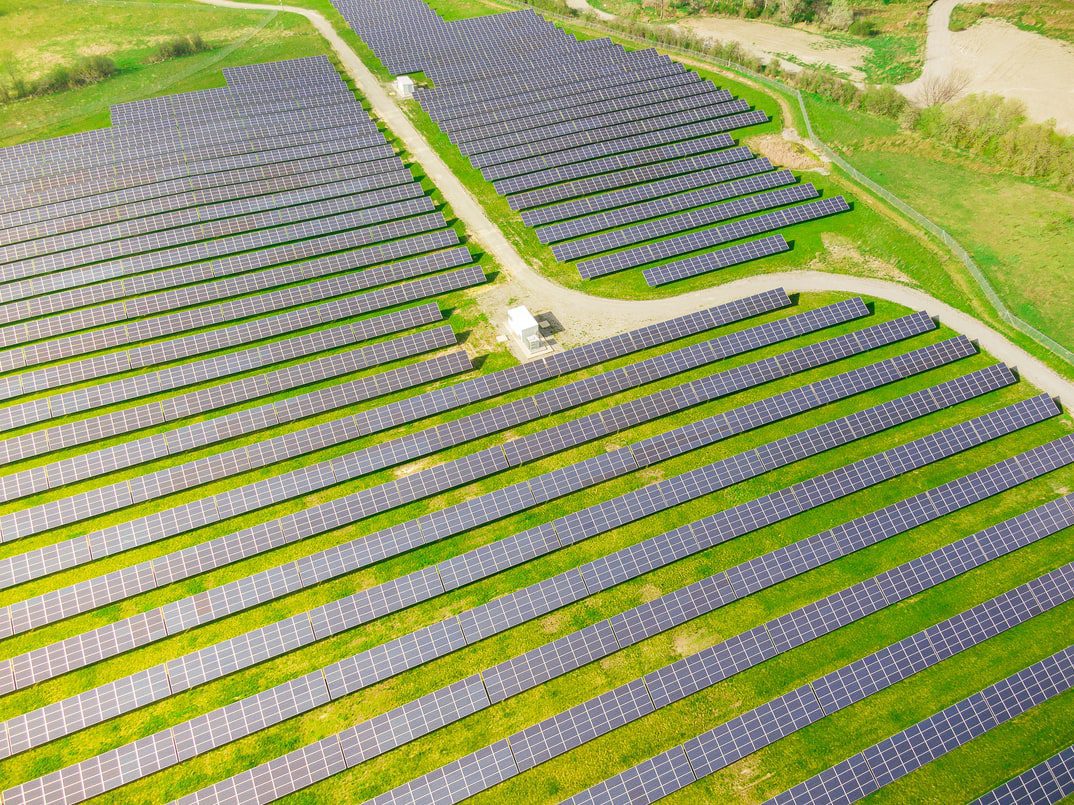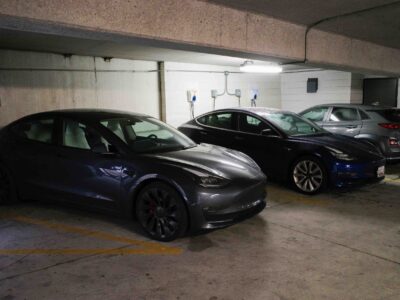It isn’t exactly crazy to say that discussions about climate change have defined the 21st century. Concerns over rising emissions levels have been prominent since the mid-1900s, and the pushback that followed from many industries has become a debate that shaped the lives of many. While we have wondered whether the world’s commitment to sustainability will reach the level it needs to stave off the worst prospective environmental impacts, new voices have emerged making the topic exponentially more difficult to avoid.
One of these voices is market analyst Kingsmill Bond, a Wall Street veteran who has moved on from the likes of Deutsche Bank and Citibank to the UK-based research organization Carbon Tracker.
Bond argues that based on a variety of factors relating to the strength and affordability of large-scale renewable technologies, the prospect of having a world that operates on 100 percent sustainable sources is less of a question and more of an inevitability.
According to Bond, the current level of development in clean energy tech up until this point has spawned a runaway train of sorts, and there is very little that policymakers and traditional energy companies can do to stop it from continuing.

The core of the argument as outlined in a recent interview is based on four major technologies in the renewables sphere. These technologies, which are solar photovoltaics, electrolyzers, wind technologies, and battery storage capacity have been the subject of a study by Oxford that looked to analyze their deployment costs. The study found that for every doubling in deployment for these technologies, the cost decreased by anywhere from 16 to 34 percent, putting them on a trend that Bond labeled as an “established learning curve.”
For example, if we assumed that there were one hundred thousand solar photovoltaic units out there, that would mean that the next hundred thousand would cost 16 to 34 percent less than the first. This means we are at an inflection point for renewables – and the cost of significant expansion will only get exponentially cheaper for years and years to come.
Although questions may arise over how likely these trends are to actually continue like the Oxford study claims they will, Bond maintained his high level of confidence, citing the quantity of data that was studied as well as his own background in analyzing market trends. For him, the numbers show a problem that is soon to be solved through the basic laws of free-market economics. He cited four technologies (solar PV, wind, battery storage and electrolyzers) that stood out among a total of more than 500 that were studied and they all have a lot in common, says Bond. “They’re easily replicated and can be built at any size. People are innovating, and we see huge amounts of capital flowing into hydrogen strategies”.

Perhaps the biggest remaining question is how to account for potential material shortages. In particular, lithium shortages are touted by clean energy skeptics worldwide as a possible existential problem for the industry. After all, clean energy is only as good as the battery that holds it, and batteries require a lot of lithium. Bond, however, is again undeterred. “It’s an absolutely bogus problem,” says the analyst in response to the fear that electric vehicles require 200 kilograms of metals that internal combustion engines do not. “An average ICE car uses 15,000 kilograms of oil over its lifetime,” Bond says. “You burn them once and you never use them again”. Lithium, by comparison, is getting more and more recyclable each year. Already we are near the point of recycled batteries being as effective as fresh ones. “There is enough lithium, for example, in known reserves today to be able to satisfy over a century of current demand. There’s enough cobalt in the world for 1,000 million cars. These are absolutely fake problems.”





